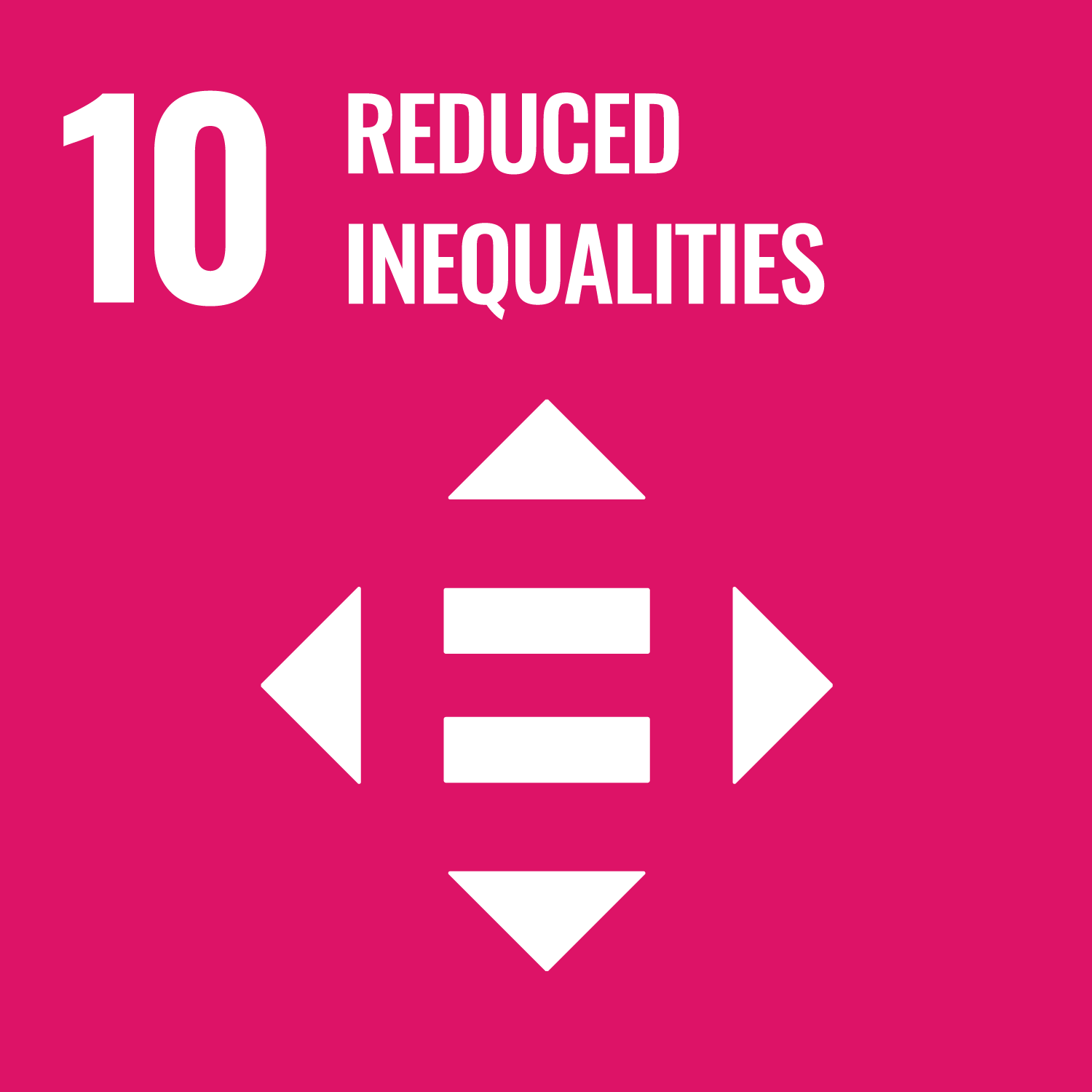- Beranda
- Tentang Kami
- Akademik
- Kemahasiswaan
- Riset
- Unit Layanan Fakultas
- LPPKM
- SDGs Initiatives


The Faculty of Public Health consistently measures the total volume of water used within the faculty on a daily basis by looking at water meters installed on pumps in several areas of the faculty. The officers in charge will record the data in a logbook which will then be calculated monthly. Water usage in the Faculty of Public Health is mostly for watering plants and toilets. Throughout 2022, it is recorded that water usage in the faculty reaches around 103,190 m3 in a year or around 8,599 m3 in a month.
The Faculty of Public Health always utilizes wastewater from air conditioning condensation water. The wastewater are collected in water reservoirs that can be found at 6 locations within the faculty. Each reservoir has a capacity of 1,000 liters that can be filled within 2-3 days before the COVID-19 (Corona Virus Disease-2019) pandemic. During the pandemic situation, the water reservoirs still operated but were not optimal because operational activities were also limited. Water that has been stored in the water reservoirs are used to clean floors and water plants by janitors.
In 2022, the Faculty of Public Health installed rainwater storage treatment plants. Rainwater collected in the ground tank is distributed through pipes and filtered into clean water. The clean water is then distributed to the toilet in Building G.
Disposal of liquid waste within the Faculty of Public Health is still carried out in the Matoa Canteen. Wastewater from the canteen is handled technically using a grease trap before being discharged into the septic tank, so that the oil can be handled separately before being taken routinely by the DPPF UI. In another canteen within the faculty, the grease trap is in the form of a control tank which is cleaned every day. During the pandemic, since the canteen was not operating, there wasn’t any wastewater from the canteen.
Apart from the abovementioned situation, laboratory waste from all laboratoriums within the faculty is also handled safely by collecting them separately from other types of waste. Laboratory waste is grouped based on type and nature, collected and handled separately by providing symbols and labels, then handed over to a third party (PT Jalan Hijau, a private limited company) which operates in the field of waste handling.
The Faculty of Public Health provided ARSINUM (Air Siap Minum) (Ready-to-Drink Water) which can be found in two locations: in Lobby of Building A and Lobby of Building G. The ARSINUM is provided for free and can be used by students, staff, lecturers, and even visitors.
The water reuse program at the Faculty of Public Health has been carried out with the presence of water reservoirs for collecting AC condensation water in all buildings within the faculty. The water that we collected from the AC condensation is used by janitors to clean the lobby floor and water the plants. Additionally, there’s also a rainwater storage management installation, in which we’re using the water to filter it and distribute it back to the toilets in Building G to be reused.
Measurement of water reuse hasn’t been completely well documented. For AC condensation water reservoirs, there is still no definite recording documentation, but rainwater storage can be monitored with an installed water meter.
The Faculty of Public Health provides the opportunities to educate about water management by being a source person at one of the lecture activities at other institutions on the topic of Environmental and Industrial Health & Industrial Liquid Waste Management.
The Faculty of Public Health has attempted to promote conscious water usage by providing water-saving equipment in the form of eco washers in Building A toilets, automatic plant waterers (using a timer), and eco washers in urinals. Health promotion is also carried out by posting water-saving stickers and several posters in the toilets and pantry.
The Faculty of Public Health is collaborating with local governments to conduct research related to developing access to drinking water in rural areas.


















